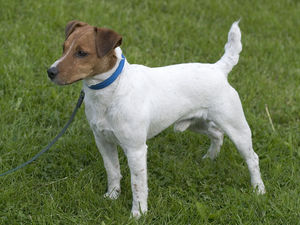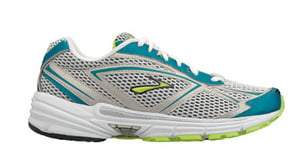Dogs can suffer with environmental allergies just like people do, but dogs present with different allergy symptoms. Pollen, mold, dust can trigger allergy flare-ups in dogs that cause them to scratch, chew and lick parts of their bodies non-stop.
Causes of Dog Allergies
The same things that cause people allergies cause dog allergies – either it’s an environmental cause, such as pollen, mold, dust, bedding material, grass, etc., or it’s an allergic reaction triggered by food or oral medication. Often times the cause of the allergy will only be discovered by an elimination process, sometimes the root cause may never be discovered.
Symptoms of Dog Allergies
Allergy symptoms usually always present before a dog’s third birthday. The symptoms include incessant licking and chewing of paws or another isolated body part, constant scratching, red, raw, infected skin and/or inflamed ears.
If the allergy is trigger by food or medication that’s being ingested by the dog, the allergy symptoms may also include vomiting and diarrhea.
When a dog suffers with year-round allergies, it’s usually treated with the prescription drug Atopica, which when taken in capsule form daily reduces inflammation and relieves allergy symptoms in most dogs.
Injections are another treatment option and usually used in cases of the dog suffering with trigger specific allergy flares. Your veterinarian may prescribe a one-size-fits-all injection to relieve regionally specific allergies, or your veterinarian may opt to perform tests that will pinpoint allergy triggers and treat accordingly.
Giving your allergy-prone dog a fish oil capsule (the omega-3 fatty acid does the trick) each day is a proven home remedy that works to reduce inflammation and relieve mild allergy symptoms.
Eliminate Allergens as Part of Treatment Plan
Eliminate known allergens, such as replacing soft, fabric toys (which harbor dust and dust mites) with hard plastic chew toys and schedule outdoor time for the early morning hours when the pollen count is lowest during pollen season. Change kibble brands if it’s a food allergy and be aware your dog may even be allergic to his food bowl, so a new (try stainless steel) may be needed.
Allergens are not necessarily inhaled or ingested, but are often absorbed through the skin. Bath your dog every 3-4 days with a shampoo that contains oatmeal and hydrocortisone, both shampoo ingredients will remove allergens from dog hair and soothe inflamed skin.
Wash dog bedding and vacuum regularly and use a HEPA filter in the vacuum to eliminate dust and dust mites in the home.





